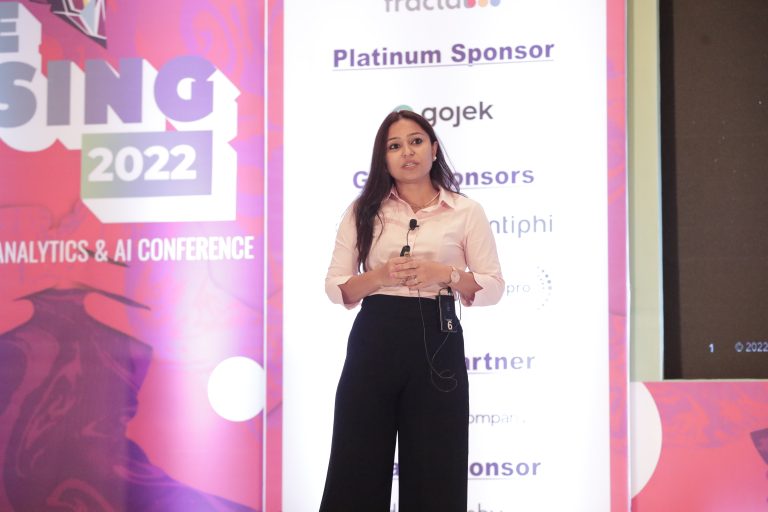Most organisations struggle at implementing, managing and deploying machine learning models at scale. The complexity compounds when different actors in the process, such as data scientists, IT operators, ML engineering teams, and the business teams work in silos.
Such challenges have prompted organisations to shift their attention from building models from scratch to handling ML model-specific management needs. Out of this necessity, MLOps was born. MLOps lies at the intersection of DevOps, data engineering, and machine learning. It is focused on the complete lifecycle of model development and usage, including aspects of machine learning model operationalising and deployment. The essential components of MLOps include — model lifecycle management, model versioning, model monitoring, governance, model discovery, and model security.
Model monitoring refers to closely tracking the performance of ML models in production. The tracking and monitoring help AI teams in identifying potential issues beforehand and mitigate downtime. Over time, monitoring platforms have continued to gain popularity.
ML Model monitoring
The model monitoring framework sets up an all-important feedback loop. In machine learning models, monitoring helps in deciding whether to update or continue with the existing models.
A robust MLOps infrastructure proactively monitors service health, assesses data relevance, model performance, and trust elements such as fairness and bias, and business impact.
Model monitoring is important, because:
- Generally, a machine learning model is trained on a small subset of the total in-domain data either due to a lack of labelled data or other computational constraints. The practise leads to poor generalisation, causing incorrect, inaccurate or subpar standards.
- A machine learning model is optimised based on the variables and parameters fed to it. The same parameters may not hold ground or become insignificant by the time the model is finally deployed. In a few cases, the relationship between the variables may change, affecting data interpretation.
- The data distribution may change in a way that makes the model less representative.
- Modern models are driven mainly by complex feature pipelines and automated workflows with several transformations. With such dynamic nature, errors might creep in, hampering the model’s performance over time.
- In the absence of a robust monitoring system in place, it can be challenging to understand and debug ML models, especially in a production environment. This generally happens due to the black-box nature of ML models.
- Methods such as backtesting and champion challengers are often used by ML teams when deploying a new model. Both these methods are relatively slower and error-prone.
ML model monitoring platforms
Some of the popular ML model monitoring platforms are:
Amazon SageMaker Model Monitor: This Amazon Sagemaker tool can automatically detect and report inaccuracies in the deployed models deployed in production. The tool’s features include customisable data collection and monitoring, built-in analysis for detecting drift, metrics visualisation, model prediction, and scheduling monitoring jobs.
Neptune: A lightweight management tool to track and manage machine learning model metadata, Neptune offers version, store, query model, and model development metadata. It can compare metrics and parameters to predict anomalies.
Qualdo: A machine learning model performance monitoring tool in Azure, Google, and AWS, Qualdo extracts insights from the production ML input/prediction data to improve model performance. It integrates with many AI, machine learning, and communication tools for making collaborations easier.
ML Works: The recently launched ML model management tool from AI firm Tredence enables MLOps at scale. It offers features for model generation, orchestration, deployment, and monitoring. It enables white-box model deployment and monitoring to ensure complete provenance review, explainability, and transparency.




















































































